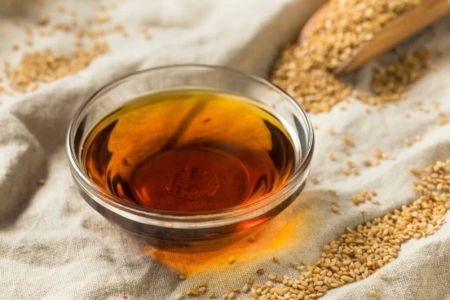- 1-Regional-Characteristics-of-Northern-Chinese-Cuisine
- 2-Spice-Levels-in-Northern-Chinese-Food-Explained
- 3-Popular-Traditional-Dishes-from-Northern-China-and-Their-Flavors
- 4-Comparison-with-Other-Chinese-Cuisines-and-Their-Spice-Levels
- 5-Personal-Experience-and-Cultural-Insights-into-Northern-Chinese-Food
- 6-Finding-Authentic-Northern-Chinese-Food-Products-and-Resources
Regional Characteristics of Northern Chinese Cuisine
Northern Chinese cuisine is deeply influenced by the region’s colder climate and agricultural traditions. Staple ingredients like wheat, used in noodles, dumplings, and pancakes, dominate the diet rather than rice, which is more prevalent in southern China. This geographic and cultural backdrop shapes the flavors, techniques, and typical dishes found in northern China.
The cuisine tends to be hearty and filling, designed to provide warmth and sustenance during harsh winters. Common cooking methods include steaming, boiling, and stir-frying with moderate use of oil and spices.
Spice Levels in Northern Chinese Food Explained
Addressing the question, is northern Chinese food spicy?—the answer is generally no, at least compared to cuisines from regions like Sichuan or Hunan. Northern Chinese dishes typically emphasize savory and umami flavors rather than intense heat.
That said, some areas in northern China do incorporate mild spices and use ingredients like garlic, ginger, and scallions to add depth and warmth. Chili peppers are used but far less aggressively than in other regional cuisines. The heat, if present, is subtle and balanced rather than overpowering.
Popular Traditional Dishes from Northern China and Their Flavors
Signature dishes like Peking duck, zhajiangmian (noodles with soybean paste), and various types of dumplings showcase the characteristic flavors of northern China. These dishes focus on rich, savory sauces, fermented bean pastes, and fresh aromatics instead of chili heat.
For instance, Peking duck features crispy skin and a sweet-savory sauce, delivering flavor complexity without relying on spiciness. Dumplings might be served with a tangy vinegar dipping sauce rather than chili oil.
Comparison with Other Chinese Cuisines and Their Spice Levels
Compared to Sichuan or Hunan cuisine, known worldwide for their bold, fiery dishes, northern Chinese food is milder and focuses more on texture and umami. Cantonese cuisine, while also less spicy, highlights freshness and delicate flavors rather than heat.
This regional diversity reflects China’s vast geography and cultural mosaic, offering food lovers a broad spectrum of taste experiences.
Personal Experience and Cultural Insights into Northern Chinese Food
Having traveled through Beijing and surrounding northern provinces, many food enthusiasts note the comforting and balanced nature of northern Chinese cuisine. One memorable meal involved sharing handmade dumplings filled with lamb and herbs—rich in flavor but not spicy. These dishes foster a sense of warmth and community rather than a fiery kick.
This experience highlights that northern Chinese food offers nuanced flavors that satisfy the palate in unique ways, especially for those who prefer less spicy food.
Finding Authentic Northern Chinese Food Products and Resources
For those interested in exploring northern Chinese flavors at home, the site Chinese Food offers a curated selection of authentic ingredients, recipes, and cookware. Whether you want to recreate classic dumplings or try Peking duck seasoning kits, these resources make it easy to enjoy genuine northern Chinese cuisine.
Embracing the subtlety of northern Chinese food expands culinary horizons beyond spice and introduces a world of rich, savory delights.


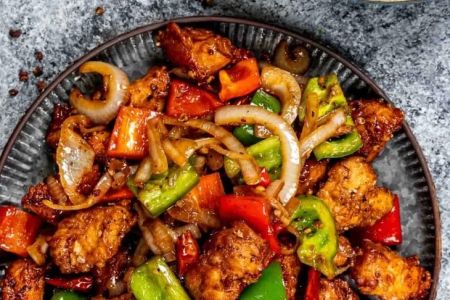
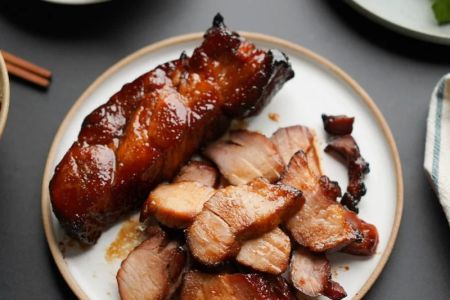
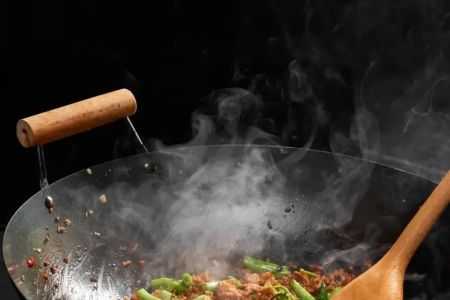
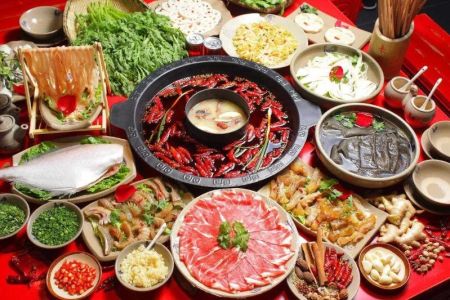
![Top Chinese Restaurants for Authentic Cantonese Cuisine in [Your City]](https://img.gochinarose.com/d33/2507/4157910400_450x300.webp)
